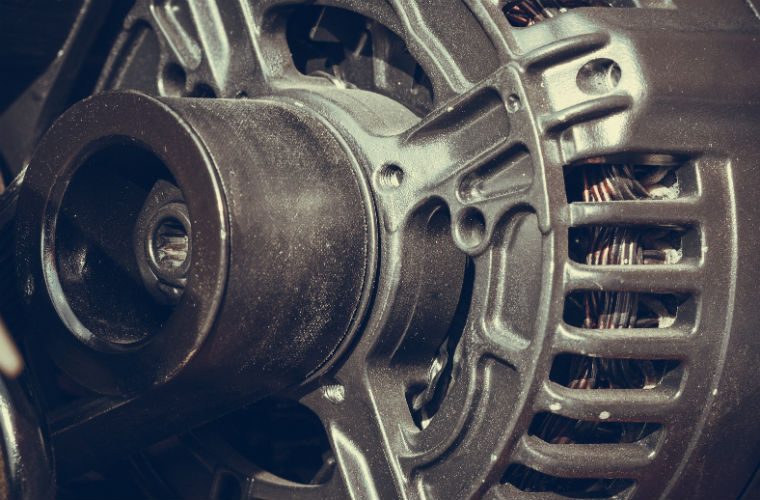In one of its latest technical messages for workshops, MAHLE has revealed the most common causes of alternator failure.
If the vehicle’s battery charge indicator illuminates, it’s always a clear sign of a fault in the power supply.
One possible cause is that the alternator has stopped supplying electricity.
If error messages appear immediately following repairs in the alternator environment, MAHLE advise that the problem may be due to work that wasn’t carried out correctly.
Common causes of alternator failure
If the electrical circuit isn’t interrupted when a new alternator is installed and the plus cable (B+) comes contact with the regulator housing, for example, this can result in a short circuit and complete failure of the alternator.
If the terminal D+ and B+ cable connections are reversed when a new alternator is connected, the excitation diodes and voltage regulator can become damaged during operation.
If the battery is disconnected while the engine is running, the excitation diodes can become damaged or destroyed by excessively high currents.
Continuous operation at the alternator’s thermal and/or mechanical limit (due to extremely dirty diode plates, inadequate supply of cooling air, or high load demand at low speed, for example) can also cause damage to the
alternator.
MAHLE say technicians should always disconnect the battery earthing cable before performing any work on the alternator is undertaken.
Labelling the connections and cables when removing the alternator is also recommended.
For further information about MAHLE, follow the ‘more details’ link below.







